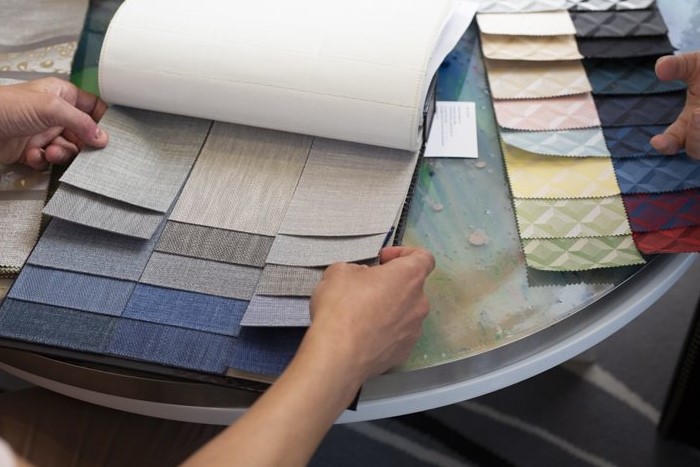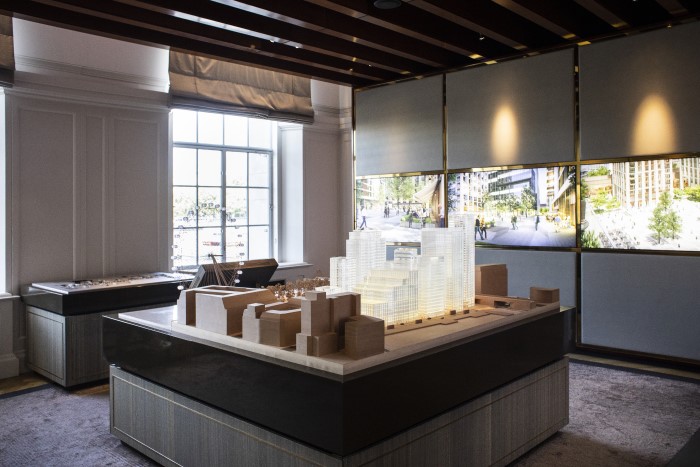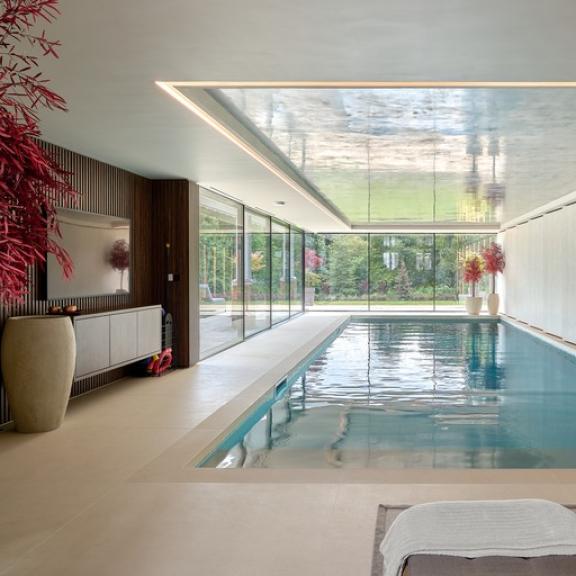Sourcing & Supplying: What You Need To Know
Are you an agent or a principal? Our guide will help you understand both.

In addition to design development and space planning, a key element of most interior design projects is the sourcing and supply of furniture, fixtures and equipment (FF&E). There are significant differences in legal responsibilities depending on whether you source and arrange the supply of FF&E to your client as an ‘Agent’ or whether you supply FF&E as a ‘Principal’. There are also important differences in terms of your duties when FF&E is being supplied to a ‘consumer’ client versus a ‘commercial’ client.
Sourcing and supplying FF&E as an Agent
When a design practice is acting as an Agent for the purposes of the sourcing and supply of FF&E to the client, they are acting on behalf of their client and with their client’s authority. However, the supply itself is a matter for the relevant supplier. The exact responsibilities of the practice when acting as Agent will depend on the terms of engagement with the client. However, while the design practice will have a contract in place with their client which should specify their role as an Agent, the contract for the supply and delivery of the items in question will be between the client and the FF&E supplier. This means that liabilities in regard to the products rest with the supplier.
It is important that any design practice wishing to act as an Agent ensures:
- Proper contracts are in place. It is not enough for a design practice to specify in their own contract with their client that they are acting as an Agent.
- The client also needs to be expressly named as the customer in the supply contracts with all of the FF&E suppliers, or it should otherwise be made clear that despite the involvement of the design practice as Agent that the actual customer for the supply is the client.
- These terms should be written and signed or otherwise confirmed by all parties to the contract.
Sourcing and supplying FF&E as a Principal
When a design practice orders and purchases FF&E directly from a supplier and then directly supplies their client with that FF&E, they are acting as a Principal. This model is also sometimes referred to as the ‘Retail’ model. When acting as Principal the design practice directly contracts first with the supplier for the supply of FF&E, then they directly contract with their client for the onward supply. In this situation the design practice takes on all the legal responsibility which comes with being a retailer.
If an item sold by the design practice to their client when acting as Principal is defective, then it is the design practice’s responsibility to repair or replace the item in accordance with the terms of engagement with the client and any relevant legislation. The design practice can then in turn seek to pass that liability back up the line to the supplier they purchased the goods from to assist in rectifying the situation. While in most cases this process works out satisfactorily for all parties, it is important for any design practice operating this business model to understand the legal liabilities that they are taking on when they act as Principal. For example, a design practice should prepare for the possibility that they may have to bear in full the cost of rectifying a problem with a product if say the original supplier has gone out of business by the time the problem emerges, or if the supplier otherwise refuses to accept the passed on claim.

Consumer Clients vs Commercial Clients
It is important for all design practices to understand the difference between a consumer and a commercial client.
Consumer Clients
Any FF&E supply contract between a design practice and a consumer client would be subject to the extensive body of consumer protection law which applies, including the 2015 Consumer Rights Act.
Commercial Clients
For a commercial client the range of rights and protections are not as extensive as for consumers. However, there are still limits on say, the right to limit or exclude liabilities where to do so would not be reasonable in the context of the supply contract.
Understanding your responsibilities
Many design practices will work both as Agent and Principal with a client, depending on the particular items being supplied. Whichever model you choose, it is essential to do the following:
- Ensure you understand the legal liabilities associated with the way you source and supply FF&E to your clients.
- Ensure that the contract you enter into with your client specifies how you will source and supply FF&E.*
- Ensure that your relationships with the suppliers who supply you and/ or your client are consistent with your terms of engagement with the client.
- Be aware of the laws which clamp down on how supplier discounts or incentives are treated, including under the 2010 Bribery Act.
*The ‘RIBA/BIID Domestic Professional Services Contract 2020: Interior Design Services’ and the ‘RIBA/BIID Concise Professional Services Contract 2020: Interior Design Services’ comply with all current legislation. Both contracts include clauses relating to the sourcing and supply of FF&E as both Agent and Principal. The ‘RIBA/BIID Domestic Professional Services Contract 2020: Interior Design Services’ also includes a client cancellation form.
Want to Learn More?
This quick guide is designed to give you a brief overview of these responsibilities, BIID members can access a more detailed guide in our members area.
Neither guide is intended as legal advice to be relied upon exclusively, so if you have any specific questions regarding your responsibilities on a particular project we would advise taking matters up with a professional advisor. BIID members can take advantage of the BIID legal helpline.
BIID EVENT
We are also hosting a webinar on this topic on Thursday the 1st of December 2022 called 'Agent or Principal? Supplying FF&E Explained'
Explore new resources from the BIID. Seeing a padlock? Just login or become a member to view.
View the highlights from our 60th anniversary party
We asked Anna Burles: What makes the perfect software?
Discover the smart home technology awards with Platinum Partner, CEDIA
Explore the latest, member-exclusive, templates designed to make your life easier.
University of Gloucestershire wins the BIID Student Design Challenge 2025.





